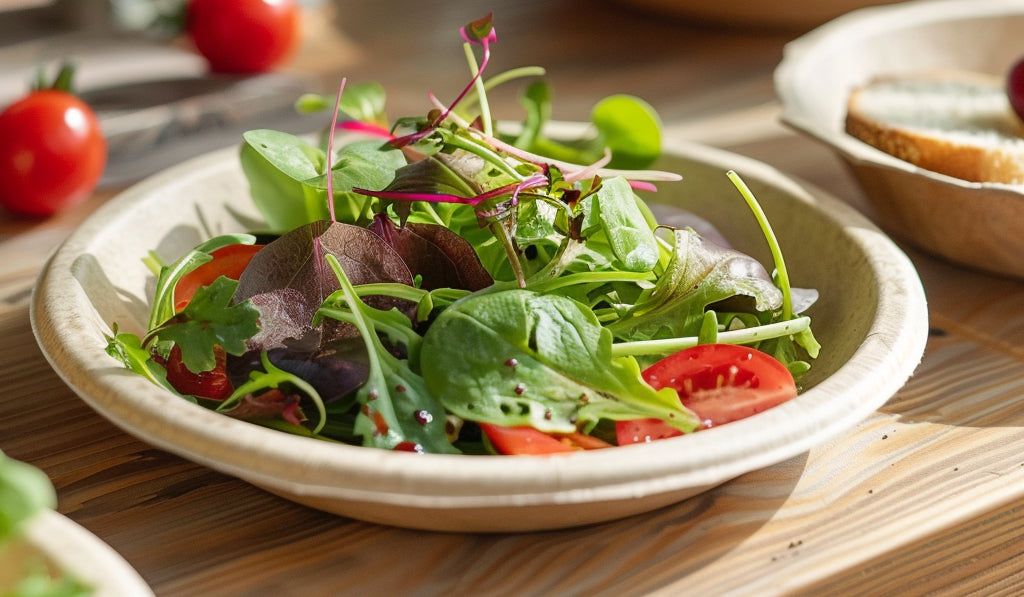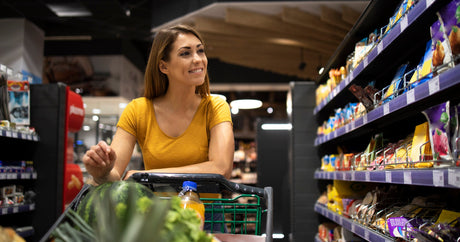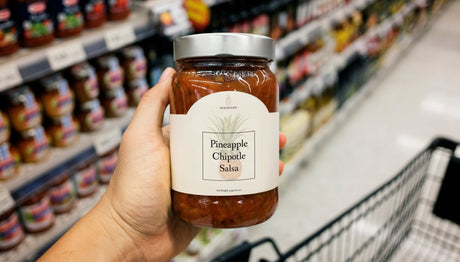Bagasse, also known as sugarcane pulp, is the fibrous material that remains after sugarcane is processed. Widely used in the foodservice packaging industry as an eco-friendly substitute for traditional plastic, bagasse is a renewable resource with numerous environmental advantages. In this article, we will delve into the production process of bagasse, its environmental benefits, and its contribution to the circular economy.
In the past, bagasse was often discarded or left to decompose. However, it is now recognized as a valuable by-product of the sugarcane industry. Used in manufacturing paper products and as a fuel source for factories, bagasse plays a crucial role in reducing waste and promoting sustainability.

Bagasse serves multiple purposes, including biofuel and paper production, each with its own production method. Let’s explore the specific process involved in making bagasse packaging products:
- Harvesting the Sugarcane: After about a year of growth, the sugarcane plant is ready for harvest.
- Extracting the Juice: The sugarcane is primarily harvested for its juice. After extraction, the remaining fibrous material, known as bagasse, is collected.
- Forming the Pulp: The collected bagasse is kept wet and blended with water to create a pulp.
- Mixing Additives: Additives are mixed into the pulp to enhance its properties.
- Shaping and Molding: The pulp is pressed into the desired packaging shape using high pressure and temperatures.
- Final Product: The result is a sturdy, microwavable, and compostable food packaging product made from plant-based, renewable resources.





